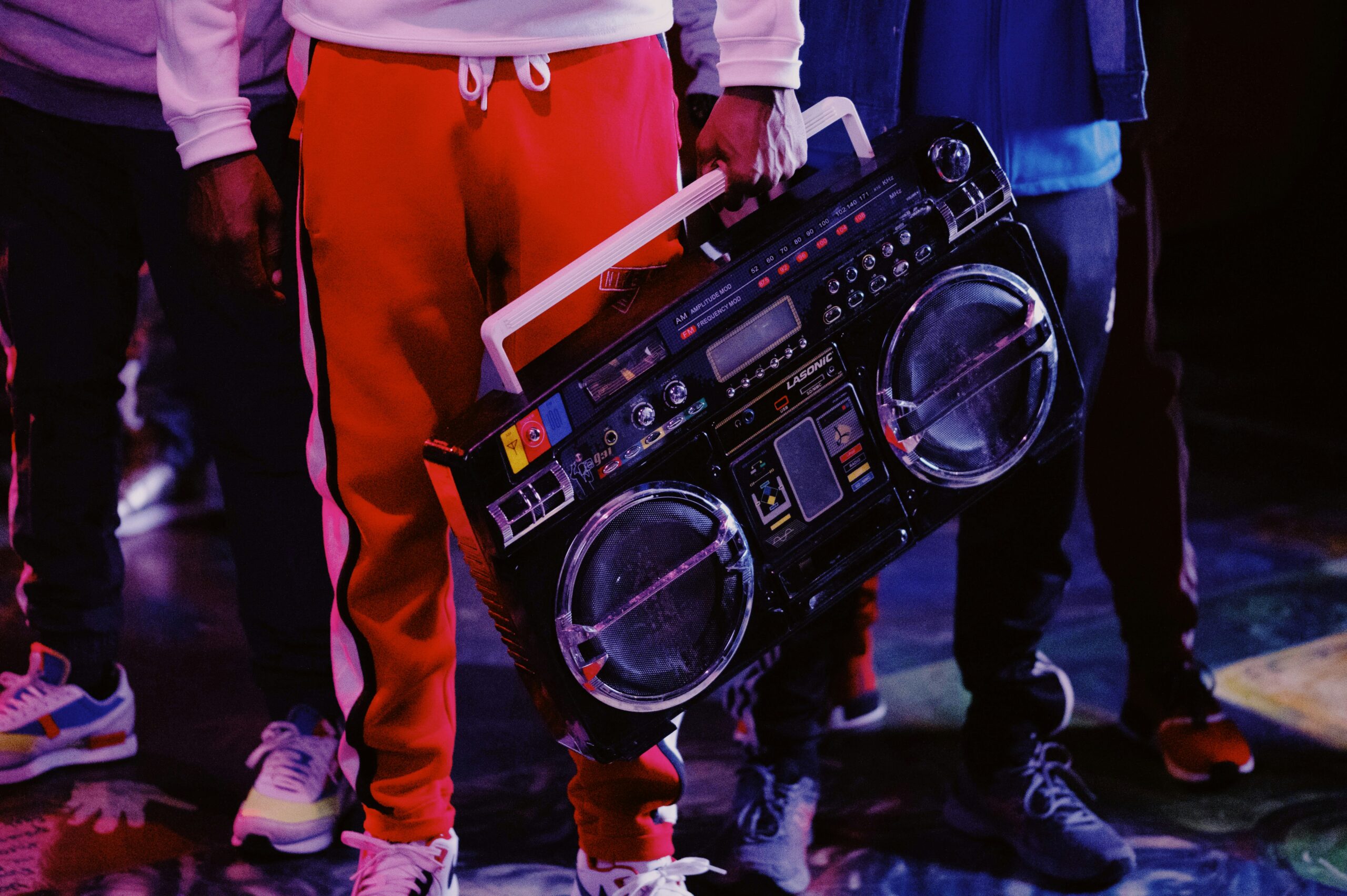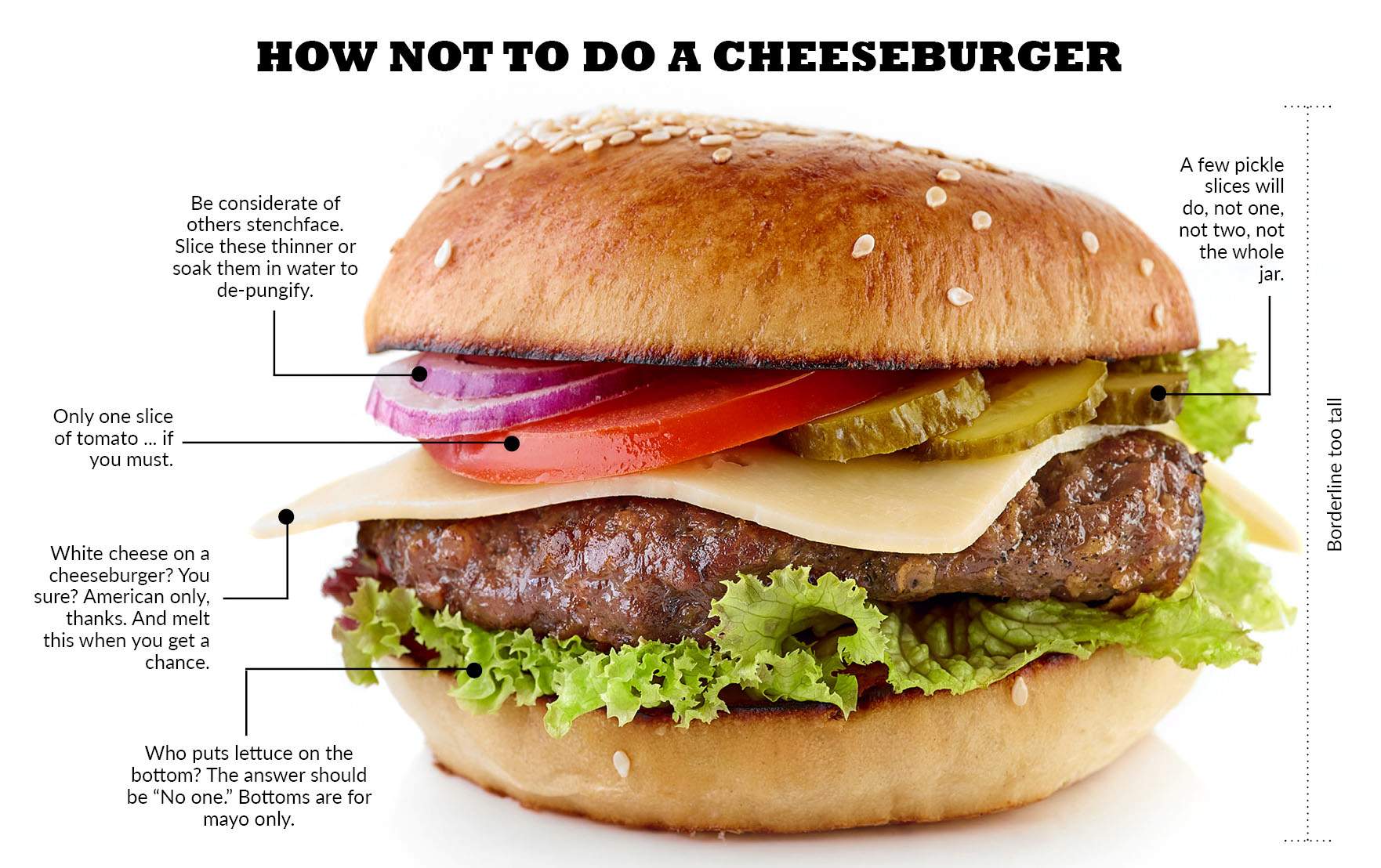Carlin Mallman is sitting in 81301 and tells me that she’s about to go to yoga. When I ask her if yoga is her brain’s time to be still and quiet, she says, “No, not really. But my brain works a little bit differently.” I ask her to tell me more. She smiles warmly and casually tells me that she had traumatic brain injury as an 18-year-old that left her parents wondering if she’d be “a vegetable.” I tell her story here, in her own words.
During the first week of college orientation, they wanted us to learn the school song or something like that, and I was like, “Peace, I’m goin’ for a bike ride.” I put on my helmet, and went down the sidewalk and there were steps that I didn’t know were there, and I went [makes flying motion] right over them. I went over my handlebars and landed here [puts one hand on forehead and one on collar bone]. There happened to be an EMT across the street who saw me. She rushed over. “Are you OK? Are you OK?” No response. I broke my collar bone and had a traumatic brain injury. Three and a half days later, I came to in the hospital. I was flown home to Chicago to do the long-form rehabilitation.
Being in a major, major accident was a lot harder on my family than on me. My brain was so impacted that I could barely understand what was going on, much less analyze it. My dad often says, “We didn’t know if you were going to be a vegetable for the rest of your life,” so every milestone was a celebration: “Yay! She’s eating solid food!”, “Yay! She’s using the walker correctly!” “She’s taking the train to the gym, working out, and getting home safely!” I think of it as being reborn. Over the course of the next year, I went through all the stages of development – childhood, adolescence, rebelling – and every step of the way I was sure that I was back to normal. “I’m back! Here we go!” And then five years later, I’d see pictures of myself where my eyes were going different directions. [laughs] I’m sure that I went back to college before I was ready or fully recovered, but I hobbled my way through it, had an awesome experience, and was able to walk my path.
I had some rehabilitation therapy, but I had to figure out for myself what was going to work best for me as I got through college. I didn’t have anyone saying, “Here’s a great coping strategy, and here’s a way of organizing things,” so I had to work harder and get more intense and anal about keeping track of everything. I remember sitting down at the end of the day and looking at the journal where I’d kept copious notes about what I’d done that day and not being able to recall any of the things I was reading about.
In high school, I was in a social service club where we’d go to old folks’ home, homes for people with developmental disabilities. I grew up with someone who is on the autism spectrum and so I’ve always been interested in getting along with everyone, helping people. After the accident, I was on the other end of it. I had to get help and I had to get help with people who had challenges that were less than and much worse than mine. Suddenly, I had empathy in a new way. I could talk to people, get mad at people, like people, and it wasn’t just having pity because someone had this horrible thing happen to them. I was able to say, “No, you have responsibilities, too!” I learned perseverance in a way that few people do – I had to persevere. There was nothing else to do. There was no other way out but through. There were a few years where I couldn’t have a conversation with someone without them understanding what had happened. I even had an album of pictures of my recovery that I would show to people. It was like, “I can’t talk to you unless you understand that four months ago, I was learning how to walk.”
If you dig a little bit, you’ll find that people passionately championing causes have a personal experience or connection to it. I work in special education and I want so badly to serve all students, because my own cognitive abilities were so all over the place, but I knew that I still had something important to offer. Because of the accident, I’ve become hyper-aware of my brain’s strengths and weaknesses. I think everyone is born with them, but we’re rarely forced to reckon with them. That’s what interests me so much about my students. Some of them identify as this label or that one, and sometimes those labels can be empowering, but sometimes those labels can be incredibly detrimental. For example, if I don’t remember your name, I can just pass it off because I had a brain injury. It’s not my fault. Instead of just owning it and saying, “I’m so sorry. I must not have been listening closely enough. That’s on me.” We have responsibilities, you know? There’s a balance to find between empathy and responsibility. That’s what I want to instill in other people who have identified needs – but really, in everyone. We all have strengths and weaknesses. That’s good. No matter how your brain works, you have a lot to offer.
Cyle Talley struck out in softball the other day. So that’s not embarrassing at all. Email him at: [email protected].













